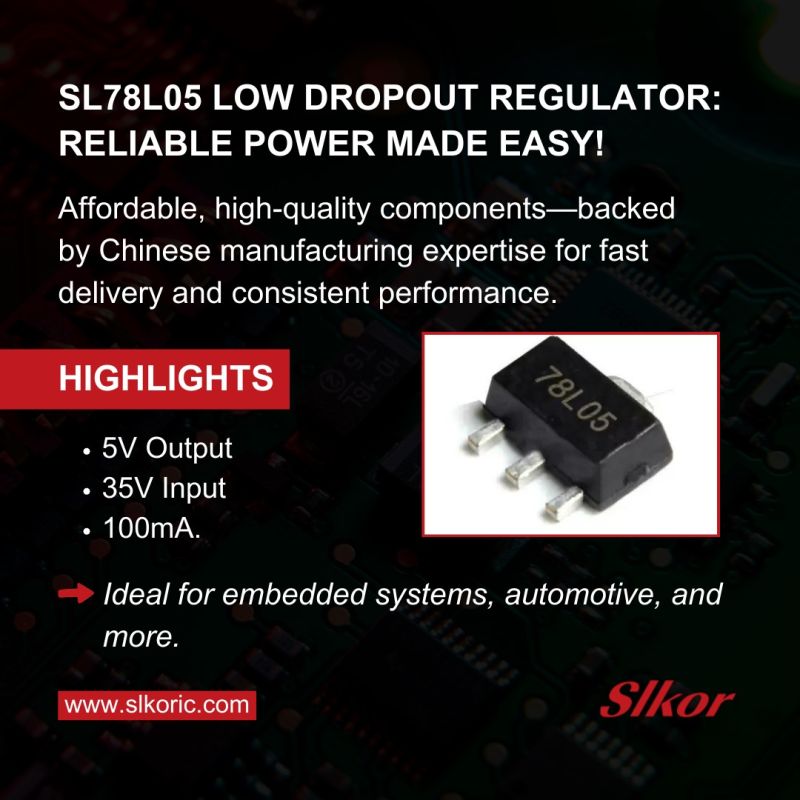On the morning of October 11, Tesla's “We, Robot” conference was held. At the conference, two driverless taxis, Robotaxi, made their debut, namely the two-seater Cybercab and the passenger and cargo dual-purpose Cybervan that can carry 20 people. Musk called Robotaxi “a revolution in the transportation industry”. In addition, domestic autonomous driving enterprises such as RoboTaxi, Pony.ai, and WeRide have all started to make layouts. The development of driverless technology is accelerating.
Will 2026 welcome driverless technology?
At this conference, Musk arrived at the scene by riding in a Cybercab himself, effectively creating an atmosphere. According to his introduction, the two-seater Cybercab will not be equipped with a steering wheel and pedals and will rely entirely on Tesla's Full Self-Driving (FSD) technology. This fully shows Tesla's determination in driverless technology. Tesla plans to mass-produce this model on a large scale from 2026 to 2027, and the manufacturing cost is less than 30,000 US dollars. In order to cooperate with the mass production and commercial use of Cybercab, the unsupervised version of FSD will be launched first in Texas and California in the United States. The current Model 3 and Model Y will also be able to use the unsupervised version of FSD.
Tesla also unveiled a Robovan model for the first time, which can carry 20 people and can also transport goods, which can greatly reduce people's travel costs.
This conference made it clear that Tesla's Robotaxi technology route will also adopt the fully unsupervised autonomous driving FSD scheme of AI + pure vision. The mass production time of Cybercab is also consistent with the expectations of previous analysts. In this regard, Huatai Securities believes that as Tesla's Robotaxi advances, high-level intelligent driving functions will be expected to receive more attention and promote its rapid implementation.
In fact, on the domestic front, autonomous driving enterprises such as RoboTaxi, Pony.ai, and WeRide are also making layouts one after another in an attempt to compete with Tesla in driverless technology. At present, domestic driverless enterprises are roughly divided into two camps, including solution providers such as RoboTaxi, Pony.ai, and WeRide, and on the other hand, car brand manufacturers represented by NIO, Xpeng, Li Auto, and Xiaomi.
Of course, upgrading from the existing autonomous driving to a highly automated level that does not require driver supervision at all (such as the cancellation of the steering wheel and pedals in this Cybercab) is not easy. According to Musk's plan, Cybercab will not be put into mass production until 2026-2027, and many obstacles need to be overcome at the technical and regulatory levels. But this trend is already clear, and driverless technology is accelerating.
Strong vision solutions attract attention
Judging from this Tesla release, strong vision solutions are expected to receive renewed attention from the industry. Compared with the singularity of lidar's returned data, cameras can recognize text (road signs), colors (lane lines), planar graphics, etc. These information play an important role in traffic scenes.
Moreover, point cloud scanning ability is not exclusive to radar. The inertial binocular sensor can also use the dense binocular point cloud to calculate local ground protrusions/ depressions through the binocular road surface preview system based on binocular vision, support the vehicle to adaptively adjust the active suspension, and achieve the effect of stable body on bumpy roads.
In addition, through the tightly coupled pose estimation technology that fuses binocular vision and inertial odometry, it can support robust high-precision local positioning in all scenarios and support all-scenario applications such as driving, cross-level parking, with/without GNSS. Reducing lidar can also save more computing power and shorten the vehicle model development cycle. For OEMs, this has strong appeal in effectively reducing the cost of algorithm development, adaptation, and verification, as well as reducing the corresponding time consumption.










